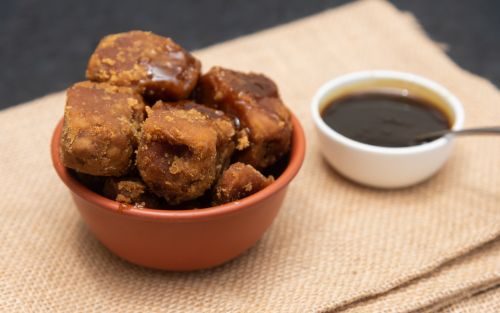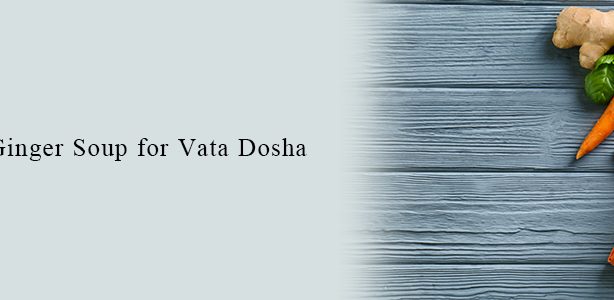Ayurveda considers “sweet” to be one of the six tastes to be consumed. However, modern day diets and get thin fast plans do not approve of the inclusion of all sugars, artificial and natural for consumption. This is also reflected in healthy diets which aim to promote better quality of life. Ayurveda takes a stance which is far removed from this mentality. According to Ayurveda, sweet foods are just as important or more so than foods of other taste categories. So it is important to include some sweets as well in your food.
Ayurveda-acknowledged sweet food you can include: Milk, wheet, rice, ghee, wheat, grains and legumes. This is in addition to other sweet foods such as jaggery, sugar, sweet fruits, dates and honey. Ayurveda believes the sweet taste nourishes the body and invigorates the mind. It also relieves hunger and thirst, improves the immune system and boosts tissue growth. When eaten in appropriate amounts it results in positive feelings such as contentment, satisfaction, happiness and calm.

Following a sattvic diet or an ayurvedic diet is probably the best way to ensure the body gets an adequate quantity of sweet tasting food. In such diets, refined or processed sugars such as those in cold drinks, chocolates, cereals and so on will be avoided in their entirety. Meals with whole grains, legumes, healthy fats and oils with low fructose and low glycemic index will be the source of the sweet taste. There is a key aspect which is different between the western and ayurvedic view of sugar. For example, honey is believed to have a sweet taste and helps scrape the fat from the body. This is contradictory to the western perspective. ‘Sweet’ also helps balance vata and kapha. Jaggery, another refined sugar alternative, is cooling, sweet and helps pacify vata and increases pitta and kapha in the body. Refined sugar does the complete opposite and aggravates the balance of the doshas. Therefore as different as they are, the one common duality between both schools of thought is that refined sugar is not great for health and must be avoided to a large extent.
Another view of Ayurveda is that while eating any meal, sweet taste foods should be consumed first. This is different from the typical concept of dessert, which is typically eaten at the end of the meal. The reason for this is that vata dosha is dormant in the stomach at the start of any meal and sweet food helps pacify the dosha before the rest of the meal.
Too much sweet food can cause an imbalance which shows up in physical and mental ways. This is true of overconsumption of foods of any particular taste. Below are a few of the symptoms of eating too much sweet food.
- Obesity
- Lethargy
- Excessive sleepiness
- Heavy feeling
- Poor digestion
- Respiratory issues
- Bloating
- Eye disorders
- Vocal variation
To plan the best Ayurvedic diet for your body type and lifestyle, always consult an ayurvedic doctor.



